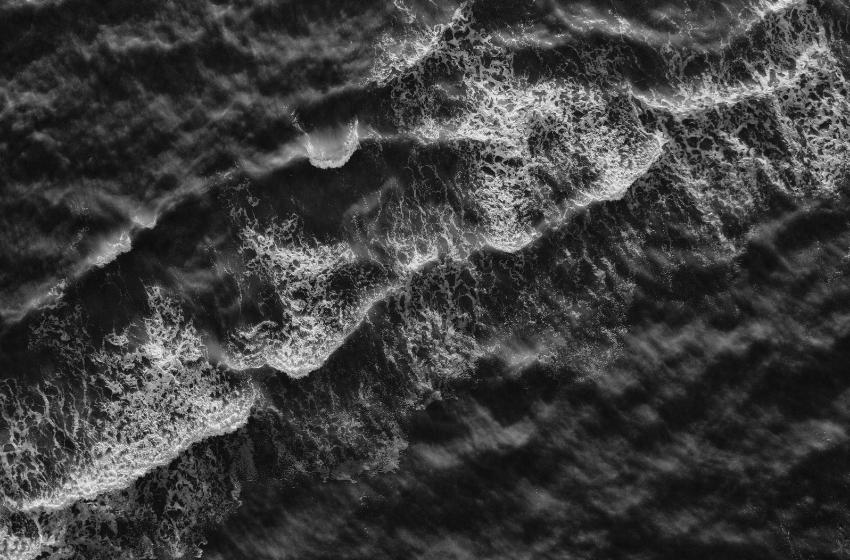Roman geographer Pomponius Mela was the author of the first geography to offer written evidence of the Black Sea’s name, with an origin in the 1st century ACE. He wrote that at first Greek travellers called the Black Sea ‘Scythian’, but after numerous clashes with local populations they began to call it ‘Inhospitable’ or in Greek Pontos Axeinos (Pont means ‘sea’ in Greek). Along with storms and overpowering fogs, the Greeks faced a belligerent local population along the Black Sea’s coasts. It is not by chance that the temple for Achilles Pontarch (‘Pontarch’- the patron of the sea) was built on Snake Island, along the routes plied by early Greek sailors. This became the place where early voyagers made sacrifices to their gods, asking for safe passage in their journeys and protection from hostile local residents such as the Scythians and Taurians. This ominous nomenclature was eventually euphemised to Euxine, which means ‘hospitable sea’, after the Milesians colonised the southern shoreline of the Black Sea, and folded it into Greek civilisation.

Thus, the earliest credible etymology is connected with the assumption that the word ‘black’ in the name of the sea relates to something negative and sinister. Alternate etymologies are a product of guesswork and surmise. For example, there is a suggestion that the sea was called ‘black’ because of oxidation of metals with hydrogen sulphide, which was only discovered in 1865 - much later than the Sea’s name originated. There has also been conjecture that the sea was called ‘Black’ due to its depth, which made the waters look dark. However, it should be noted that the Greeks, the Bulgarians, and the Turks all called the Aegean Sea and the wider Mediterranean Sea ‘white’, even though those seas were no less deep than the Black Sea. In Kerch, on the Crimean peninsula, fish of Mediterranean origins (e.g. mackerel or horse mackerel), were known as ‘white fish’, insofar as they are fish from the White Sea. As such, it is likeliest that the Black Sea received its name from ancient Greeks.
The ability for emotions to colour our perceptions is borne out in the famous Neapolitan hit ‘O Sole Mio’, glorifying the sunrise, which was written by Eduardo di Capua when he was visiting Odesa on the Black Sea coast. Here, unlike in his native Gulf of Naples, the sun rises over the sea, and whilst admiring the sun’s rays playing on the water surface, the author wrote his Black Sea-inspired paean to the sun.

Authors: B. Aleksandrov, O. Adrianova, N. Atamas, V. Bolshakov, O. Bondarenko, I. Chernichko, V. Demchenko, S. Dyatlov, Y. Dykhanov, E. Dykyi, O. Garkusha, P. Gol’din, S. Hutornoy, V. Komorin, Y. Kvach, V. Mamaev, O. Manturova, O. Marushevska, A. Mikelyan, Yu. Mikhalev, G. Minicheva, I. Sinegub, T. Shiganova, J. Slobodnik, A. Snigiryova, M. Son, K. Vishnyakova, A. Zotov. Illustrator: I. Pustovar.
The publication was prepared with the financial support of the EU – UNDP project ‘Improving Environmental Monitoring in the Black Sea: Selected measures’ (EMBLAS-Plus). This publication was produced with the financial support of the European Union and UNDP. Its contents are the sole responsibility of the authors and do not necessarily reflect the views of the European Union or UNDP.






















